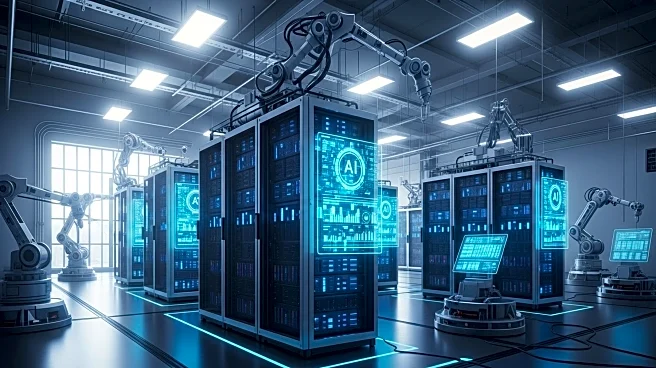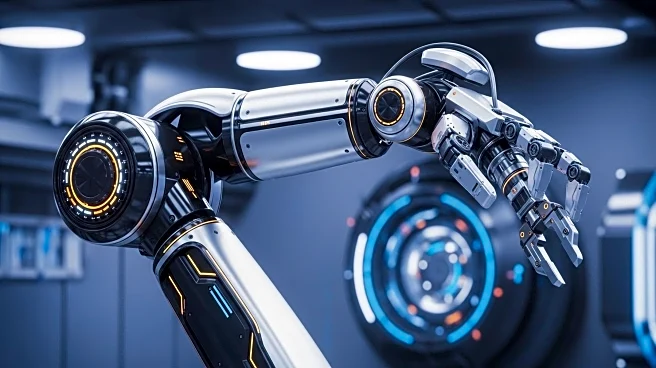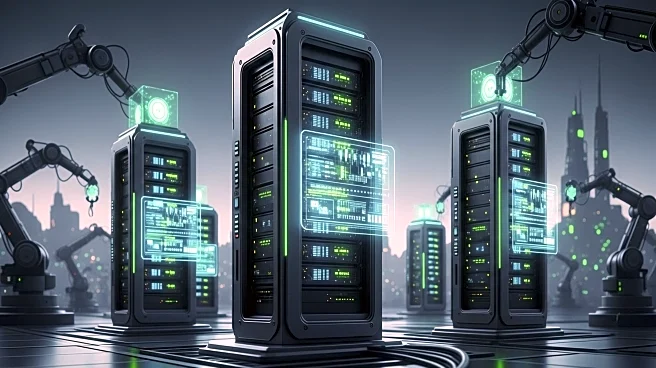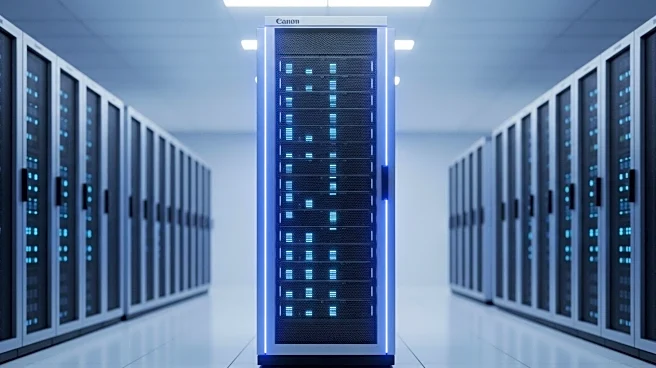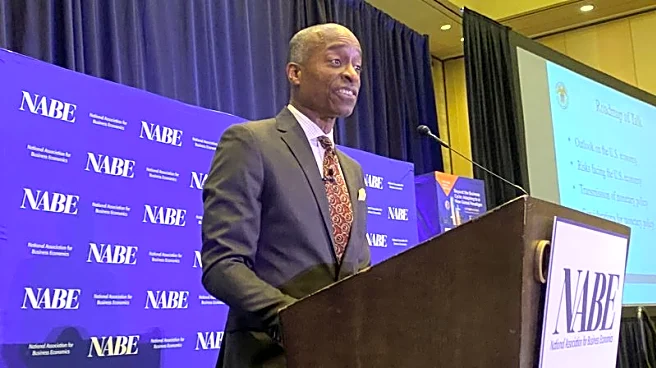What is the story about?
What's Happening?
Ford CEO Jim Farley has raised concerns about a significant labor shortage affecting the expansion of AI data centers and manufacturing facilities in the United States. Farley emphasized that the U.S. lacks the necessary workforce to support the infrastructure needed for AI technology, which is projected to grow into a $4.8 trillion market by 2033. Despite efforts by President Trump to revive factory jobs through tariffs, recruitment and retention issues persist in the manufacturing sector. Farley noted that the shortage is part of a broader crisis impacting the 'essential economy,' which contributes $12 trillion to the U.S. GDP. The shortage includes 600,000 factory workers and 500,000 construction workers, with an additional need for 400,000 auto technicians over the next three years.
Why It's Important?
The labor shortage in the AI sector poses a significant challenge to the U.S. economy, particularly as demand for AI infrastructure continues to rise. This shortage could hinder the country's ability to capitalize on the growing AI market, potentially affecting economic growth and competitiveness. The lack of skilled workers in construction and manufacturing could delay the development of critical infrastructure, impacting industries reliant on AI advancements. The situation underscores the need for policy changes and increased investment in vocational training to address the skills gap and support economic sustainability.
What's Next?
Addressing the labor shortage will require a multifaceted approach, including policy reforms and increased investment in vocational training and apprenticeships. Farley advocates for pro-trade policies and regulatory reforms to build capacity in the workforce. As demand for AI infrastructure grows, stakeholders may need to collaborate on strategies to attract and retain skilled workers. The success of these efforts could determine the U.S.'s ability to maintain its position in the global AI market and address broader economic challenges.
Beyond the Headlines
The labor shortage highlights a societal issue of awareness and the need for a shift in mindset regarding the importance of the essential economy. This situation may prompt discussions on immigration policies and their impact on workforce availability. Additionally, the focus on vocational training could lead to a reevaluation of educational priorities and the value placed on skilled trades in the U.S.
AI Generated Content
Do you find this article useful?
